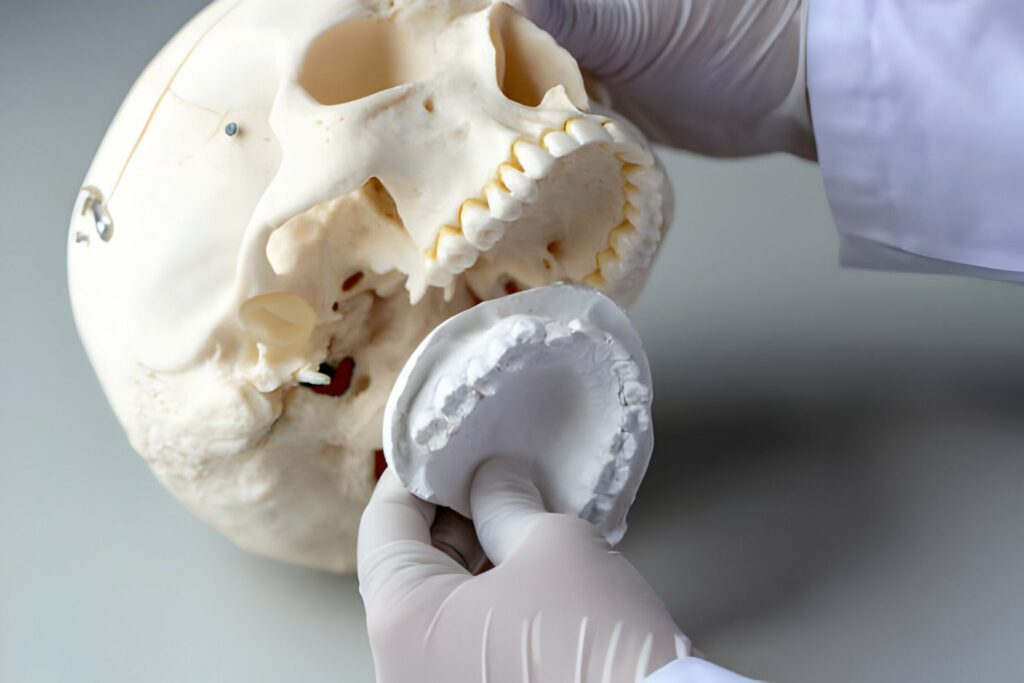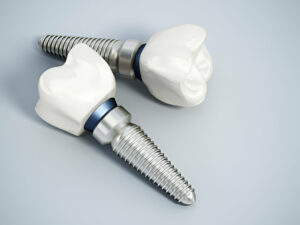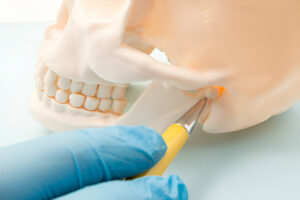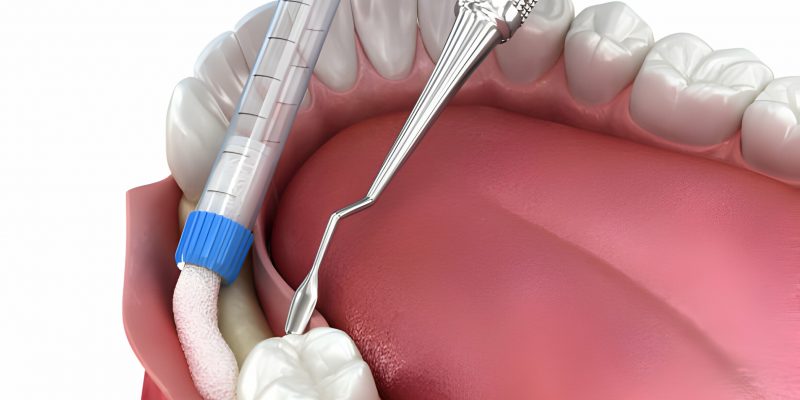Summary:
About to get a dental implant?
Chances are that your implant dentist suggests you undergo a bone graft surgery.
A dental implant operation’s success largely depends on your oral health. Sadly, given their unique health conditions, most individuals are asked to undergo dental bone implants to improve their smile and oral health.
Keeping the same in mind, this blog takes a closer look at:
- What is Bone Grafting? Insight into the Procedure
- Different Stages of the Bone Grafting Procedure
- What Happens After a Dental Graft?
- Recovery & Aftercare Tips Post Grafting Procedure
- How Long Does A Graft Last?
- Bone Grafting is Effortless!
Continue reading as we explore different aspects of the treatment process in the following sections.
What is Bone Grafting? Insight into the Procedure
Bone grafting is an oral surgery that adds volume and solidity to the jaw. Jaw bone loss can result from various causes, including gum disease, trauma, or tooth extraction.
Types of dental bone grafts
- Autografts: This process includes bones from your body, such as your hips or jaw.
- Allografts: This transplant involves bone from another individual, typically a cadaver.
- Xenografts: It involves bone from a different animal, such as a cow, pig, or coral.
- Alloplasts: It deals with synthetic materials like calcium phosphate and calcium sodium phosphosilicate (Bioglass).
A bone transplant is frequently utilized to reduce the amount of hard and soft tissue loss that happens following tooth extraction.
Why is it Necessary Before a Dental Implant?
A bone transplant is required to stabilize the jawbone and become a suitable candidate for implants. When the bone around the lost tooth deteriorates, a bone transplant becomes necessary.

This compromised region must be reinforced to ensure enough support for the remaining teeth, dental implant, and surrounding tissues. Bone grafting implant surgery may be impossible without enough bone, or the implant may fail.
Different Stages of the Bone Grafting Procedure
A common technique combines tooth extraction, implant insertion, and grafting in a single step. As a result, the entire treatment period is reduced, and just one recovery stage is required (rather than two or three).
Here’s an overview of the different stages of the teeth bone grafting procedure:
Stage I – Anesthesia
Your dentist will administer a local anesthetic to numb the surgery location. You may also require IV sedation if the tissue is obtained from your own body or if you are anxious about oral procedures.
Stage II – Extraction or Bone Sourcing
The dental practitioner will obtain the bone from the specified area if you use an oral appliance. Similarly, the surgeon will proceed with teeth extraction during this stage (if required). Combining tooth extraction and grafting promotes quicker recovery.
Stage III – Graft Insertion
Next, the dentist will thoroughly clean the region. If you do not require an extraction, the dentist will create an incision in the gum tissue to reveal the bone implant tooth. Then, the professional will connect the graft material to the exposed bone.

Stage IV – Stitching
Once the graft material is in place, the area is sutured shut. To keep the tissue together, the professional may employ plates, wires, cables, pins, or a titanium screw. If you obtain the bone from your body, the surgeon will also suture it together.
Stage V – Recovery
In most situations, you can return home the same day as your treatment; however, if you get sedation or general anesthetic, you may require a driver. You will need four to six months (or more) to recuperate and fully prepare for your dental implant. Your dentist will provide specific advice on caring for the bone graft for implants, which you should carefully follow to avoid consequences.
What Happens After a Dental Graft?
You may feel discomfort, edema, and bruising following a dental graft. Don’t worry; they are typical and will disappear in a few days. If you are uncomfortable, you can take pain medicines. Your dentist may also prescribe drugs to help avoid infection. You must take them exactly as your dentist prescribes for a bone grafting implant.
During the first several days, you may notice little fragments of bone coming out of the operated region. They might resemble salt or sand granules. This is normally OK and nothing to be concerned about. Still, contacting your dentist to confirm your recovery is progressing correctly is a good idea.
Recovery & Aftercare Tips Post Grafting Procedure
After a dental transplant, you will most likely leave the dental in Killeen, TX, with gauze wrapped over the incision in your mouth.

You should be given instructions on changing the dressing during the next 24 hours and a prescription for antibiotics to prevent infection. You may also receive a prescription for pain medications.
- Other postoperative care ideas include using cold packs to minimize discomfort and swelling for the first day or two.
- Eat soft, bland meals during the first several days.
- Sleeping in an elevated position with your head to help prevent blood from accumulating at the location of the incision.
During the initial recovery period, you should avoid the following:
- Hot liquids, such as soup or coffee.
- Nuts are an example of hard or crunchy foods.
- Any strenuous activity, such as contact sports that might endanger the incision
After about a week, the dull ache in your jaw should subside to some light discomfort and feel like it is improving. After a few weeks, your jaw should feel back to normal. However, it usually takes months before your jaw is robust enough to accept implants.
How Long Does A Graft Last?
Occasionally, an implant bone graft will permanently fuse with your jawbone. It may endure forever. However, if an implant does not replace a tooth, the new bone density will eventually decline owing to a lack of chewing stimuli. Within the first year, you should anticipate losing a substantial amount of jawbone. It will then continue to resorb at a slower rate.
The only approach to avoid jawbone loss is to place a dental implant once the transplant has healed. Because dental implants function similarly to natural tooth roots, they stimulate the jawbone during eating, avoiding resorption. Alternative tooth replacement therapies, such as standard dentures and bridges, do not protect jawbone health because they lack roots.
Bone Grafting is Effortless!
Bone grafting treatments are often fast, especially when receiving a dental implant. The grafting operation is typically paired with other dental procedures, such as periodontal therapy or tooth extractions.
Because the failure rate for dental grafts is extremely low, it’s a simple technique to help protect natural teeth or create a stable foundation for an incoming implant. The most extended aspect of an implant bone grafting operation is numbing the gums and getting to the transplant area.
Takeaway
- Bone grafting is a dental procedure that provides volume and stability to the jaw.
- A bone transplant is necessary to support the jawbone and make it appropriate for dental implants.
- You may detect little bone pieces from the operated site during the first few days.
- Learn everything about the grafting procedure with our professionals at Killeen Dental Group. Connect or book an appointment today!









